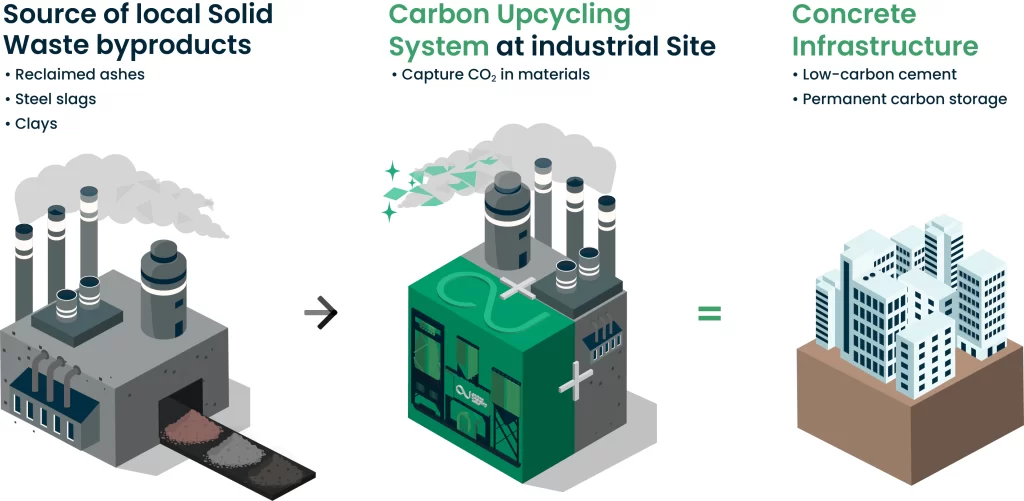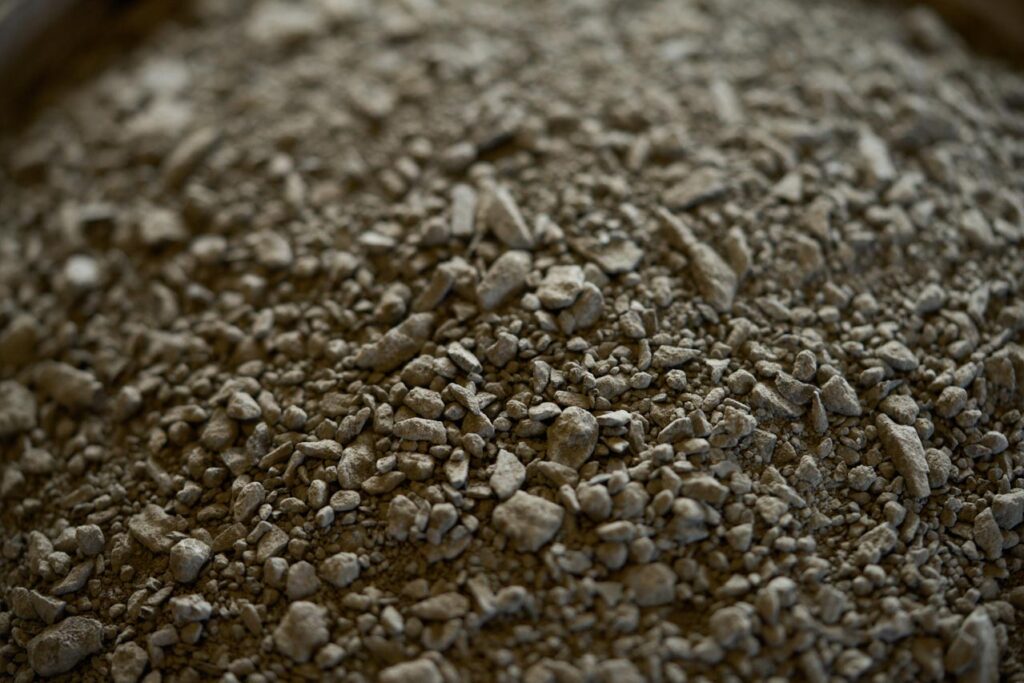Technology
Our CUT CO2 system is a circular decarbonization solution for the world’s hardest-to-abate industries. It reimagines what we consider as "waste" today by upcycling industrial CO2 emissions and byproducts into tomorrow’s low-carbon cement.
Drop-in solution
CUT CO2 is a modular, skid-mounted system engineered to meet industrial facilities where they are today. The design requires minimal site infrastructure to limit disruptions and simplify maintenance while optimizing efficiency.
All-electric drivetrain
The low-energy, all-electric design enables the complete decoupling of cement production from fossil fuels. The flexible, rapid response system can be switched on and off with minimal notice to respond to times of peak and low energy demand.
Cost-competitive production
At commercial scale, materials are produced at cost-parity with or below today’s cement prices to meet demands affordably and truly be a drop-in solution for manufacturers. This is enabled by the economies of scale we have achieved over a decade of technological maturity.
Scalable and modular design
Open system performed at ambient temperature
Continuous process to match the 24/7 nature of industrial facilities
Readily available, circular decarbonization solution
Enabling low-carbon cement through Industrial circularity
Through our innovative process, solid waste byproducts from industries like iron & steel, mining, and utilities are no longer an environmental or financial liability but an opportunity to build a circular economy.
We can divert and reclaim solid waste byproducts from the environment and use them to permanently store CO2 emissions and create a secure, local supply of low-carbon products for blended cements. In doing so, we are creating a win for the environment, industry, and cement.
Other Industries
• New revenue stream from current or legacy waste materials
• Low-energy carbon capture and utilization
• Up to 20% capture by weight of material
• Low-energy carbon capture and utilization
• Up to 20% capture by weight of material
Cement manufacturers
• Domestic supply of cementitious materials
• Production competitive with today’s prices
• Stronger, more climate-resilient concrete
• Up to 60% carbon reduction through capture and abatement
• Production competitive with today’s prices
• Stronger, more climate-resilient concrete
• Up to 60% carbon reduction through capture and abatement
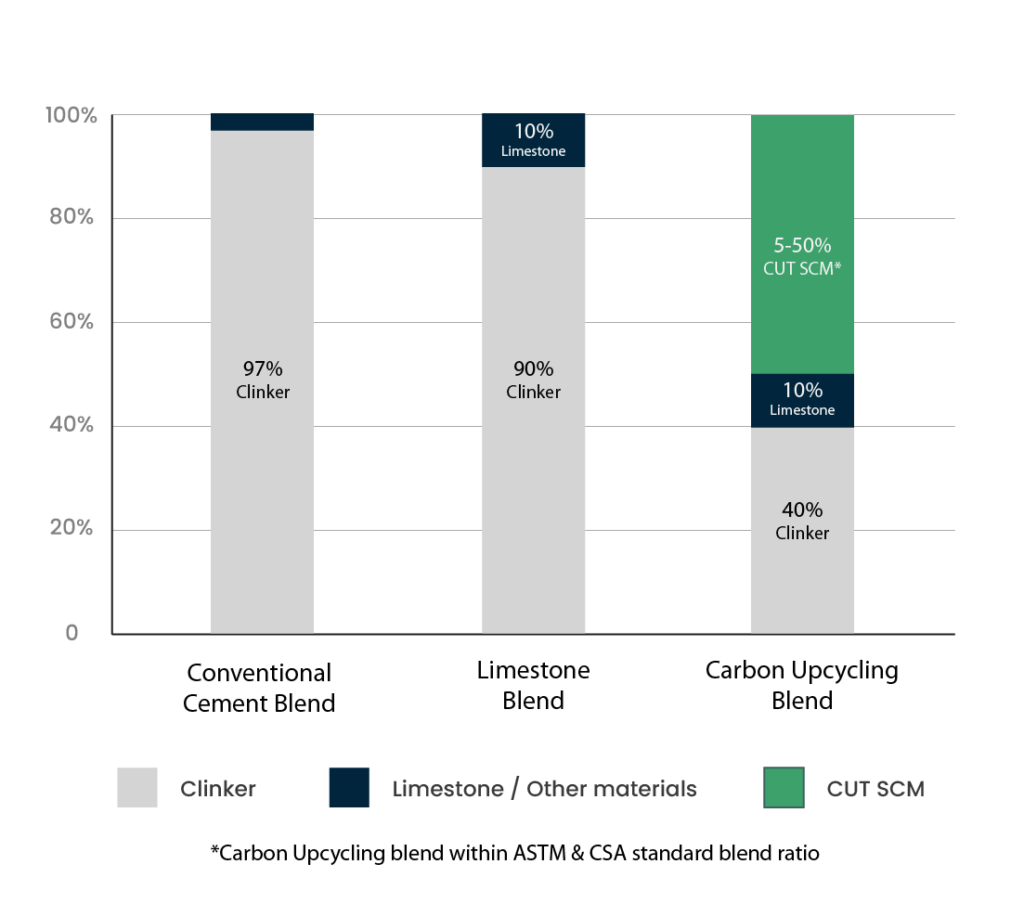
CO2 Capture + Abatement
Our CUT CO2 system co-locates at the source of emissions to reduce CO2 before it is released into the atmosphere. It captures and utilizes the CO2 emitted from industrial facilities ‘as is’ to enhance solid waste byproducts at or local to the facility into high-performance supplementary cementitious materials (SCM). Our process creates SCMs with superior strength properties to enable greater cement reductions in blended cement and associated embodied emissions.
Our Process
Our CUT CO2 system co-locates at the source of emissions to reduce CO2 before it can leak into the atmosphere. It captures and utilizes the CO2 emitted from industrial facilities ‘as is’ to enhance industrial byproducts at or local to the facility into products to replace carbon-intensive cement.
- Low-energy, all-electric process that doesn't require any heating.
- Near-dry technology that produces no waste water streama dry powder.
- A continuous process that matches the 24/7 nature of industrial facilities.
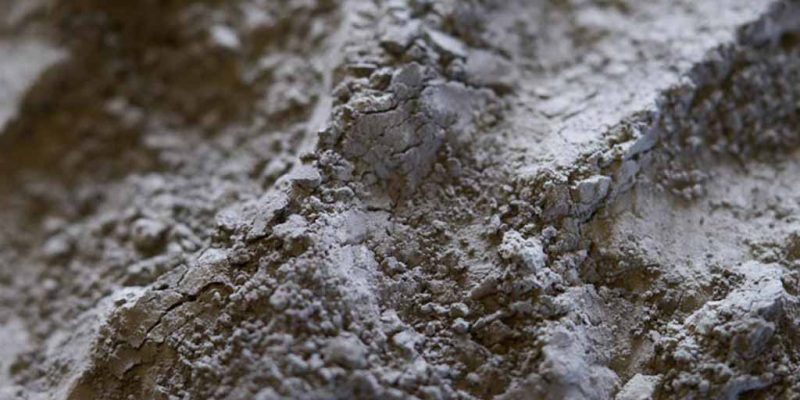
Feedstock source
We replace carbon-intensive clinker in cement with industrial byproducts or natural minerals enhanced by our process

Material preparation
The feedstock material is exfoliated and prepared to capture CO2
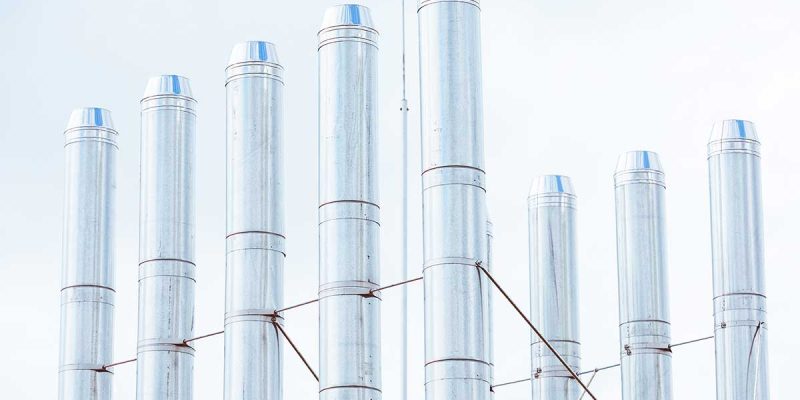
Carbonation
Flue gas is introduced ‘as is’ into the system where the CO2 is selectively sequestered into the material

Low-carbon cement
The result is a high-performance cementitious material that can be blended in cement to replace carbon-intensive materials
Domestic Supply Chain Security
Cement manufacturers today can only use high-quality ash and iron slag from coal-based processes for blended cement. However, as coal phases out, manufacturers in North America and Europe have grown to rely on foreign imports from Asia.
Carbon Upcycling focuses on enhancing low-quality materials like landfilled coal ash, alternative iron and steel slag, and clays to create high-performance substitutes for ordinary portland cement. By tapping into local, underutilized feedstocks, we can create critical low-carbon materials domestically and reduce reliance on foreign imports.

What takes nature years to achieve, we can accomplish in hours
Carbon mineralization is the transformation of CO2 into solid carbonate rock. It is a natural phenomenon that has usually taken years to achieve until now. Carbon Upcycling’s process turns feedstocks with traces of calcium or magnesium into sponges to absorb and lock CO2 away. Our process enhances the material for use in cement while accelerating the natural process of carbon mineralization by over 100 million times.

Working alongside your operation
Our CUT CO2 system co-locates at your facility to capture CO2. It prepares the feedstock material to selectively uptake CO2 directly from point source emissions with concentrations as low as 4% and produces no waste stream after processing.
Already have a carbon capture system installed?
Our system can integrate into your current carbon capture project, providing a valuable offtake for your captured CO2.
Commercially Operating since 2021



